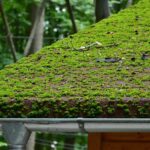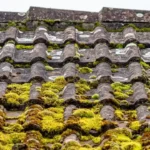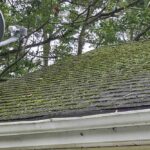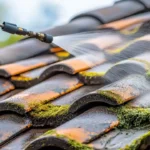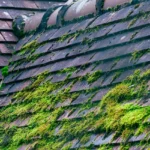A leaking roof drain can cause significant damage to your home if not addressed promptly. Understanding how to fix a leaking roof drain is crucial to maintaining the integrity of your house. This article will guide you through the steps to identify and repair leaks effectively.
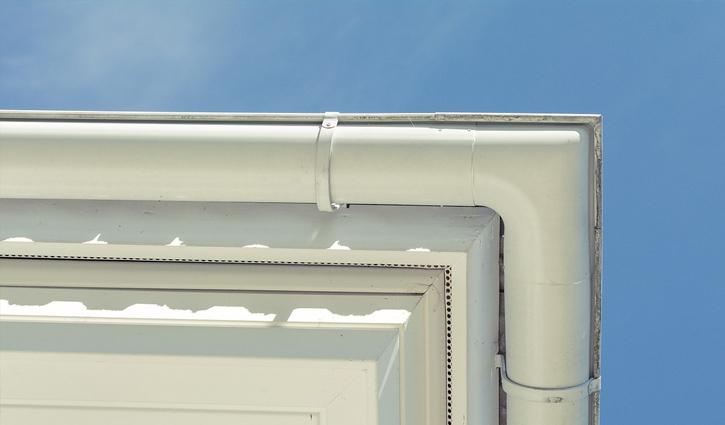
Understanding Roof Drains
Roof drains are essential components of your home’s drainage system, designed to channel water away from the roof. When they leak, it can lead to severe structural damage. Let’s delve into the causes and solutions for a leaking roof drain.
Signs of a Leaking Roof Drain
Identifying a leak early can save you from costly repairs. Look out for water stains on ceilings, damp walls, or puddles near the drain. These are clear indicators that you need to address the issue quickly.
Water Stains on Ceilings
If you notice discoloration or damp patches on your ceiling, it might be due to a leaking roof drain. This is often the first sign homeowners spot.
Damp Walls
Moisture on the walls can also indicate a leak. This is usually accompanied by a musty smell and can lead to mold growth if not treated.
Causes of Leaking Roof Drains
Understanding the causes of leaks can help in fixing them effectively. Common causes include blockages, wear and tear, and improper installation.
Blockages
Debris like leaves and twigs can clog the drain, causing water to back up and leak. Regular maintenance is key to preventing this.
Wear and Tear
Over time, the materials used in roof drains can deteriorate, leading to leaks. Regular inspections can help detect this early.
How to Fix a Leaking Roof Drain
Once you’ve identified the problem, it’s time to fix it. Here are the steps to repair a leaking roof drain.
Gather Your Tools
Before you start, make sure you have the necessary tools: a ladder, screwdriver, sealant, and a replacement drain if needed.
Safety First
Always prioritize safety when working on your roof. Ensure your ladder is stable and wear non-slip shoes.
Clear the Area
Remove any debris around the drain. This will make it easier to identify the exact point of the leak.
Inspect the Drain
Look for visible signs of damage. If the drain is cracked or broken, it may need to be replaced.
Apply Sealant
If the leak is minor, applying sealant around the joints of the drain may suffice. Ensure the area is dry before application.
Replace the Drain
For severe leaks, you might need to replace the drain entirely. Follow the manufacturer’s instructions for installation.
Preventing Future Leaks
Once you’ve fixed your drain, take steps to prevent future leaks. Regular maintenance and inspections are crucial.
Regular Inspections
Check your roof drains at least twice a year. Look for signs of wear and clear any debris promptly.
Proper Installation
Ensure that your roof drains are installed correctly. Improper installation can lead to leaks and other issues.
Conclusion
Fixing a leaking roof drain is essential for the longevity of your home. By understanding the causes and solutions, you can effectively address any issues and prevent future problems. For more detailed guidance on unclogging roof drainage systems, visit our recommended resources.

FAQs
How often should I inspect my roof drains?
It’s advisable to inspect your roof drains at least twice a year, ideally before the rainy season and after it.
What materials are best for roof drains?
Materials like PVC and cast iron are commonly used due to their durability and resistance to weather conditions.
Can I fix a leaking roof drain myself?
Yes, with the right tools and guidance, you can fix minor leaks yourself. However, for major repairs, it’s best to consult a professional.
This article contains affiliate links. We may earn a commission at no extra cost to you.




